How To Sit In A Kneeling Chair.
We get a lot of questions about our products but the number one question is usually “Do kneeling chairs really work?”
There are a ton of misconceptions about what the purpose and benefits of a kneeling chair actually are- “Will a kneeling chair hurt my knees?”, “Are kneeling chairs bad for my hips?”, “Will I fall out of it?”, “Can I replace my old chair with a kneeling chair?”
When the ergonomic kneeling chair first came into existence, it was a game-changer. Until this type of chair was introduced in the '70s, the chair industry had stayed pretty much the same. It can easily be considered the most radical chair design of the 20th century... we'd go so far to say ever since the invention of the throne itself...but perhaps we’re biased.
The reason it’s so radical is that like any good rebel, the kneeling chair directly challenges habits that have been in our culture for millennia. As a manner of sitting, it keeps us guessing as it places us somewhere between sitting and standing, and typically there is no backrest to lean against. It is not a stool, but it's also not quite a chair.
A Brief Kneeling Chair History.
The ergonomic kneeling chair was first exported to America in the 1980s from Norway, and over the last number of decades, kneeling chair has slowly become more recognized in American culture. The operative word here is "slowly."
The justification of the balance kneeling chairs (like our Sleekform Austin chairs) lies in solving the problem of stress on the lower back (the flattening or even rounding of the natural lumbar curve). This is caused mainly by sitting in a conventional right-angle chair. By dropping the legs, our thighs are placed at an oblique angle in relation to our spines (somewhere between 110°-120°), the muscular work makes sitting upright feel almost effortless. This opens up the possibility of getting rid of the chair back.
The observation that led to the ergonomic kneeling chair is that muscular effort is evenly balanced front to back and top to bottom of the torso when the legs are at an oblique, not a right angle to the spine.
Many researchers agree that the lower back when seated, needs to assume the position that naturally occurs when sitting on a high stool or lying down on your side in bed. The 135-degree relationship between the spine and the legs is the one used in the martial arts for the most significant stamina and flexibility. It's called the 'horse' position, and it's super awkward for your opponent to uproot you while at the same time, readies you to move in any direction. The king of good posture, F.M Alexander, calls this specific posture "the position of mechanical advantage." This is also the position the human body takes while floating through space in zero gravity. It's quite literally effortless.
With a rocking kneeling chair, you can rock the seat forward and tuck your feet behind your knees while also giving you the option of placing your feet on the ground in a conventional right-angle way. The rockers also allow you to rock back and extend your feet as you might in a recliner. They offer the choice of sitting in the way you're accustomed to or in a modified perch.
No chair is perfect, partly because no posture is perfect 100% of the time.
How To Use A Kneeling Chair.
The truth of the matter is: there is no right way to do it. The only rule is that you do it in whatever way makes you feel stable and secure. It may feel a bit awkward and clumsy the first couple of times, but after a few tries, it will feel as natural as sitting down into any other chair.
It’s going to be just as big of an adjustment for your body as it is for your mind.
Time and time again, people hesitate before skeptically climb into our kneeling chairs. You can see just a glimmer of fear in their eyes. A look of “am I about to fall over?” washes over their faces. And time and time again, they sit on it correctly, on the first try.
“Ouuuuu!” they say as they begin to cautiously rock back and forth, adjusting their posture, looking up at the ceiling as they assess what the chair is doing for their bodies. You can see them silently comparing it to the chair they currently spend most of their time in.
“Wow! This is actually really nice!” they say as they rock back and forth, sussing out the effortless angle their hips were just shifted into when their legs were dropped into the oblique angle. They play around with the placement of their shoulders for a few seconds before quickly becoming aware that they don’t need to shift around- that they are naturally in a healthy posture.
They always say it’s “actually really nice”- confirming the initial doubts they had. We get it- it doesn’t really look like a chair- or at least the kind of chair you could use 9 to 5, but trust us- it is (and don’t worry, you’re likely not going to fall out of it!).
Will A Kneeling Chair Make Me Sore?
If you plan on completely replacing your current office chair with a new ergonomic kneeling chair,
#1- Good for you! You’ve made a great, healthy choice for you and your spine. You are going to see and feel the benefits almost immediately. You’re also about to be the talk of the office!
#2- Don’t be surprised if you do experience some shin and back muscle tenderness at first. This is very normal and won’t last long.
Think of it like when you get a good massage. The day after you visit your RMT, you will probably be sore and need an Epsom salt bath, but in the long run, you’re going to feel so much better. The tenderness you’re feeling (likely in your shins and upper back) is your body realigning, reconfiguring, and adapting to the kneeling chair. You’re going to be using muscles that you have gone ignored for… well… ever. Your spine is in a fresh new position, the muscles are adapting to that change, and your legs aren’t accustomed to holding your weight in this way. It might make your shins feel a bit like they are bruised- just remember that this is to be expected, and it won’t last long.
It’s not unlike when you start a new workout- the next day, you’re going to feel it no matter how in shape you might be. You always know when you’ve been using sneaky new muscles that don’t usually get much attention, which is why we recommend starting slowly and working your way up. Start by spending an hour or so in the kneeling chair and gradually increasing the time you spend in it over a week, or however long it takes for your body to get fully accustomed. Again, there are no rules on how to properly enjoy your chair-- the important thing is that you enjoy it.
Can You Use A Kneeling Chair Full Time?
Our best advice is to keep your old chair handy for the first week of adjusting to a full time kneeling chair. It's best to play it safe just in case you find yourself getting distracted by the changes your body is going through. The whole point of upgrading to a new chair is to increase your productivity and focus during the day- there's no need to ruin that by rushing into things.
After your body has adjusted to your new kneeling chair you can sit, and sit, and sit, and sit to your heart's content!
Our team at Sleekform is proud to be able to offer you a practical and straightforward tool to help with your workplace ailments. We are firm believers that if we’re going to spend the majority of our days sitting at work, we should be enjoying those hours. We also believe in being productive and focused so we can get our done more efficiently so we can get back out into the world doing spending time with the people we love doing the things that bring us joy.
And don’t worry, just like our chairs- we’ve got your back.

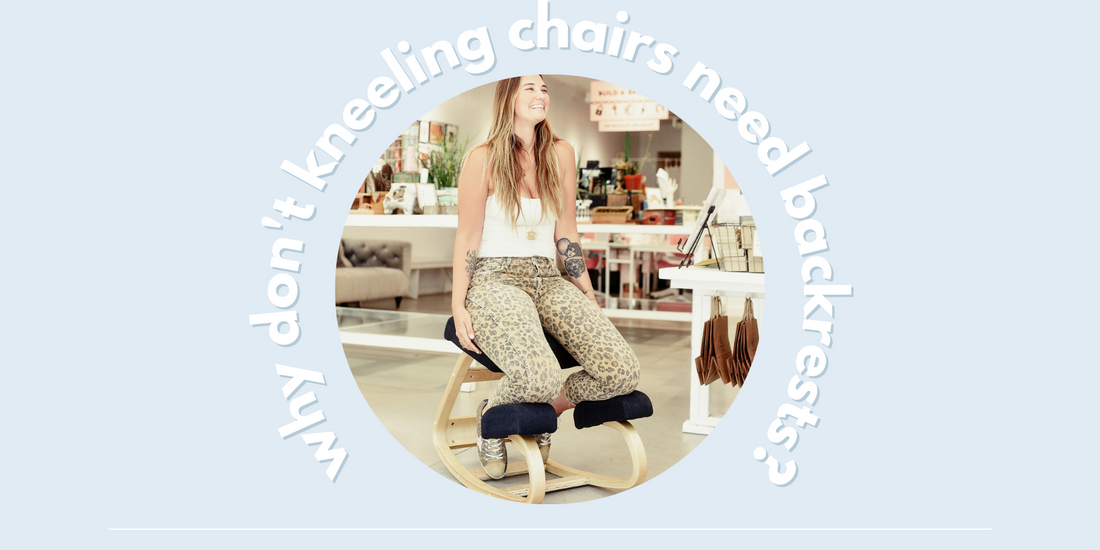

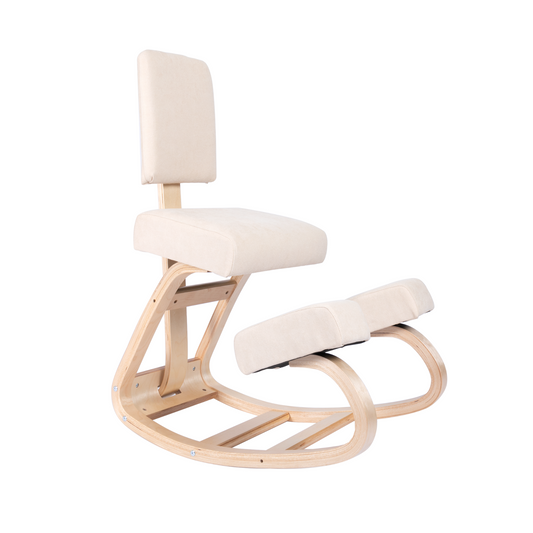
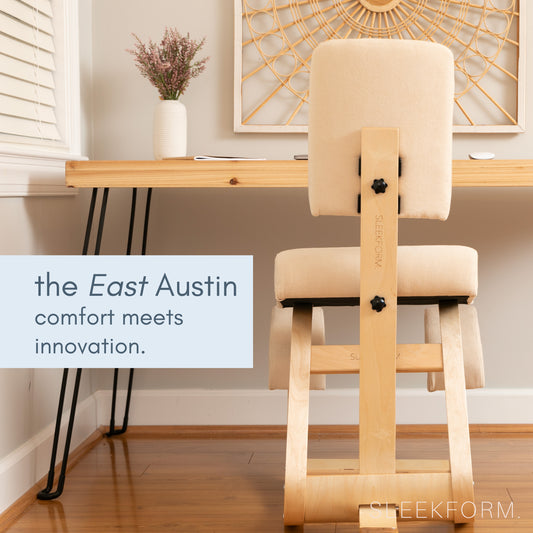
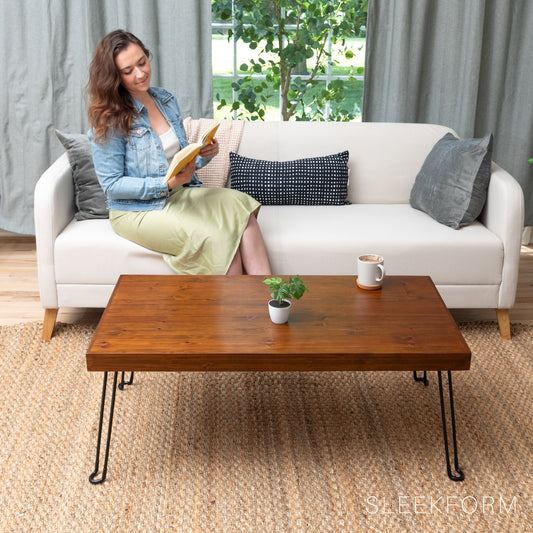
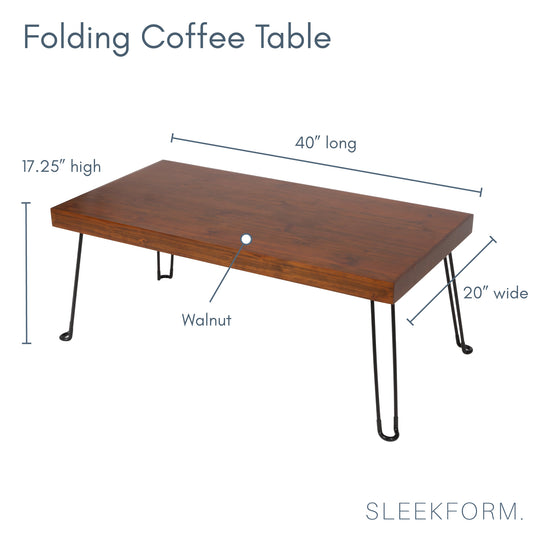
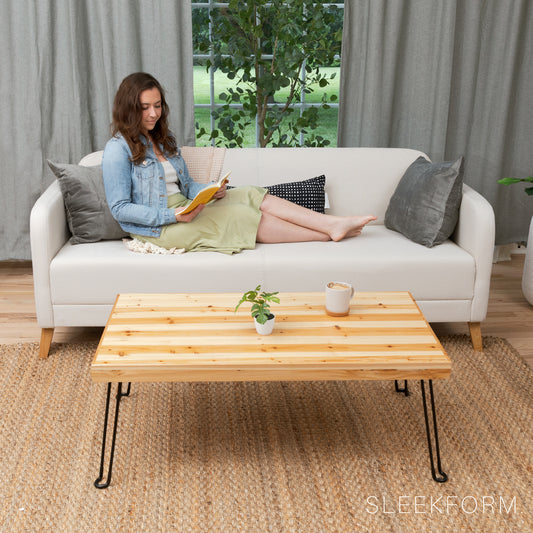
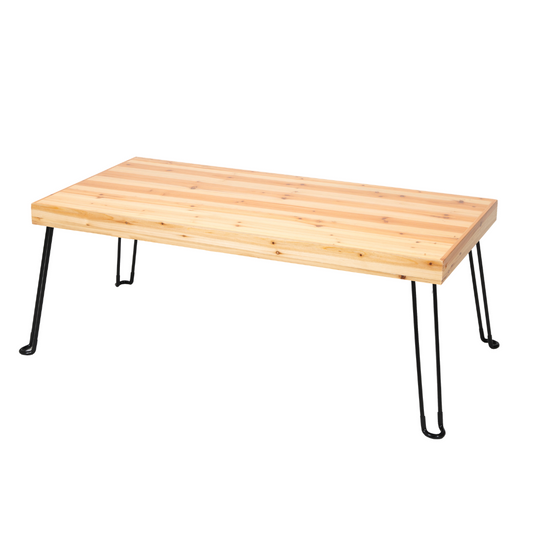
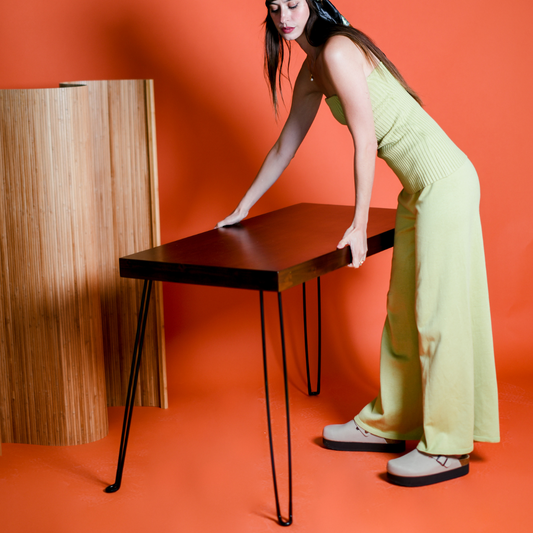
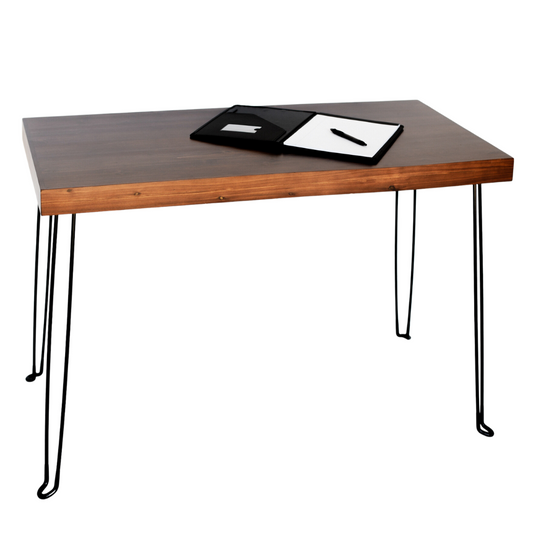
1 comment
Placed lengthwise, a table runner creates a visually appealing focal point during meals and gatherings. https://www.etsy.com/listing/724650907/crochet-table-runner-handmade-table